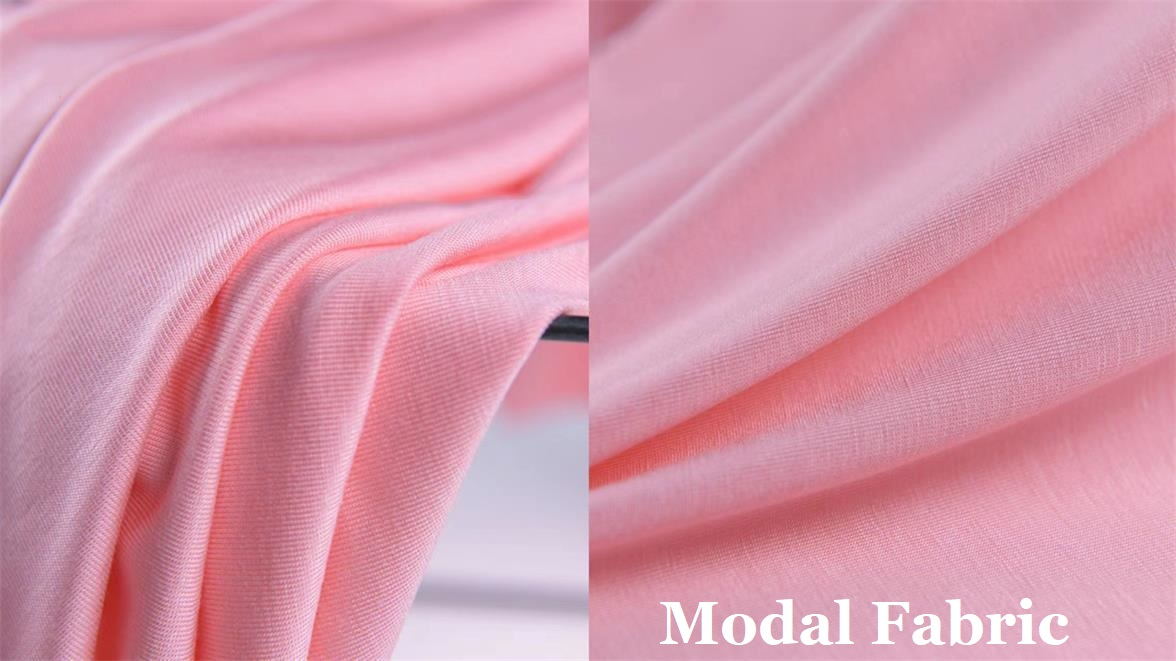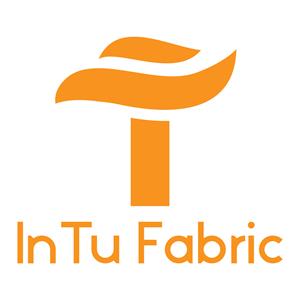Modal Fiber: The Eco-Friendly Fabric with Exceptional Qualities

Modal fiber is a type of regenerated cellulose fiber made from European beech wood. It was developed by the Austrian company Lenzing in the 1980s and gained popularity at the end of the last century due to the growing demand for comfortable clothing. Modal fiber is considered eco-friendly as it is made from natural materials and is harmless to the environment, and it has several exceptional qualities that make it a sought-after fabric.
1. Physical Properties
Modal fiber has a longer length, which makes it stronger and more even than ordinary viscose fiber. It has better fineness, can spin finer yarn, and has a smaller volume expansion rate, which makes it less affected by humidity. Its density is higher than that of viscose fiber, making it suitable for the production of ultrafine fibers. Modal fiber's good appearance gives the fabric a silky luster, and the fabric feels particularly smooth due to its softness and lubricated texture.
2. Mechanical Properties
Modal fiber has better dry and wet strength, dry and wet initial modulus, and less elongation than viscose fiber. It has less impact on its various properties from humidity than viscose fiber. Modal fiber's small degree of fibrillation gives it better spinnability and weavability, making it suitable for producing ultrafine fibers.
3. Dyeing Performance
Modal fiber has good dyeing performance, with thorough color absorption, good color fastness, and bright fabric color. The dyes used in traditional cellulose fiber dyeing, such as direct dyes, reactive dyes, vat dyes, sulfur dyes, and azo dyes, can be used to dye modal fabrics, and the color of modal fabrics is better and brighter than those of other fibers.
4. Blending Properties
Modal fiber can be blended with other fibers, such as wool, cotton, hemp, silk, and polyester, to obtain high-quality yarns. It has a silky luster, pleasant soft touch and drape, excellent durability, and can be blended with various fibers to improve their quality. The fabric can be kept soft and smooth, and the characteristics of each fiber can be brought into play.
5. Stable Performance
Modal fiber fabric has stable wearing performance, strong shape stability, natural wrinkle resistance, and non-ironing properties. According to tests and comparisons, after 25 times of washing with cotton fabrics, cotton fabrics become harder and harder, while Modal fiber fabrics become softer and brighter.
Pros and Cons
Modal fiber's exceptional qualities make it a popular fabric in the fashion industry, but it also has some drawbacks. Modal fiber is more expensive than other fibers, and its production requires special spinning processes that use more energy than other fibers. Modal fiber is not as durable as some synthetic fibers and is not suitable for high-impact activities. However, Modal's eco-friendliness, softness, and exceptional qualities have made it a popular choice for intimate apparel, bedding, and outerwear.
In conclusion, Modal fiber is an eco-friendly, silky, and exceptionally comfortable fabric with several unique qualities that make it popular in the fashion industry. Its blendability with other fibers, good dyeing performance, and stable performance make it a desirable fabric for many applications. While its cost and production process may be a drawback, Modal fiber's popularity as a sustainable and comfortable fabric continues to grow.

Your Trusted Knitted Fabric Supplier!
Looking for high-quality knitted fabrics and expert guidance? Look no further than InTuFabric! We pride ourselves on sharing our fabric knowledge with heart, and we're dedicated to providing our customers with the best possible service. Whether you have questions about fabrics or need assistance selecting the right one for your project, our team is here to help. Contact us today to learn more about our products and services.





